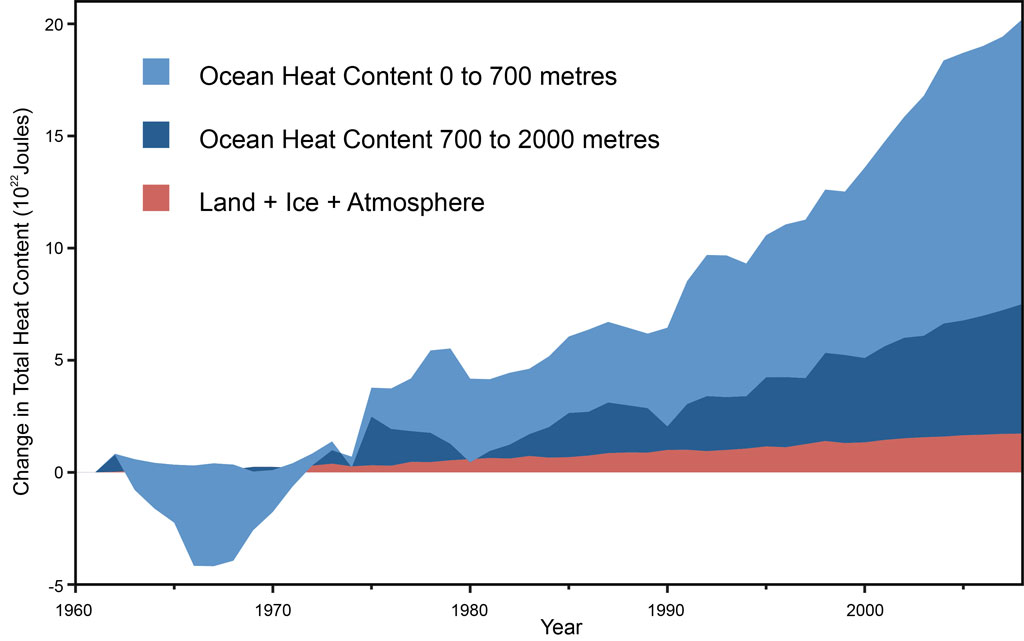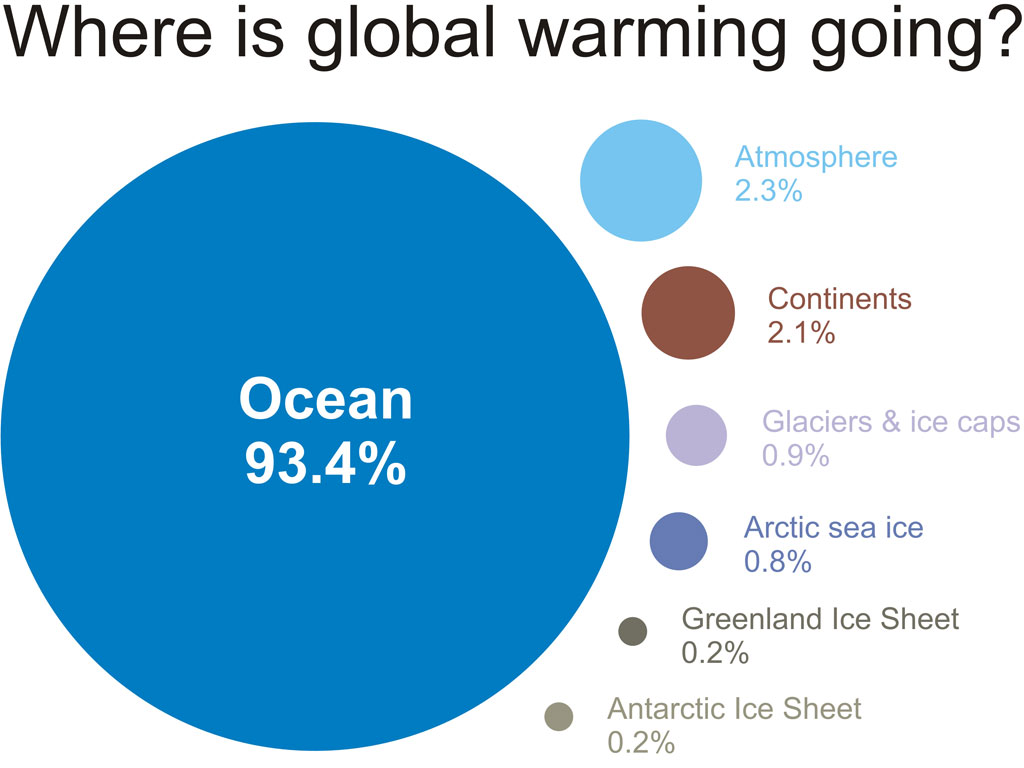 Arguments
Arguments
 Software
Software
 Resources
Comments
Resources
Comments
 The Consensus Project
The Consensus Project
 Translations
Translations
 About
Support
About
Support


Latest Posts
- Fact brief - Is climate change a net benefit for society?
- Skeptical Science New Research for Week #16 2025
- Climate Adam: Climate Scientist Reacts to Elon Musk
- Sabin 33 #24 - Is wind power too expensive?
- EGU2025 - Picking and chosing sessions to attend on site in Vienna
- 2025 SkS Weekly Climate Change & Global Warming News Roundup #15
- Fact brief - Is the sun responsible for global warming?
- Skeptical Science New Research for Week #15 2025
- Renewables allow us to pay less, not twice
- Sabin 33 #23 - How much land is used for wind turbines?
- Our MOOC Denial101x has run its course
- 2025 SkS Weekly Climate Change & Global Warming News Roundup #14
- Fact brief - Is Mars warming?
- Skeptical Science New Research for Week #14 2025
- Two-part webinar about the scientific consensus on human-caused global warming
- Sabin 33 #22 - How does waste from wind turbines compare to waste from fossil fuel use?
- Clean energy generates major economic benefits, especially in red states
- 2025 SkS Weekly Climate Change & Global Warming News Roundup #13
- Skeptical Science New Research for Week #13 2025
- Climate skeptics have new favorite graph; it shows the opposite of what they claim
- Sabin 33 #21 - How does production of wind turbine components compare with burning fossil fuels?
- China will need 10,000GW of wind and solar by 2060
- 2025 SkS Weekly Climate Change & Global Warming News Roundup #12
- Skeptical Science New Research for Week #12 2025
- Climate Fresk - a neat way to make the complexity of climate change less puzzling
- Sabin 33 #20 - Is offshore wind development harmful to whales and other marine life?
- Do Americans really want urban sprawl?
- 2025 SkS Weekly Climate Change & Global Warming News Roundup #11
- Fact brief - Is waste heat from industrial activity the reason the planet is warming?
- Skeptical Science New Research for Week #11 2025
Archived Rebuttal
This is the archived Intermediate rebuttal to the climate myth "No warming in 16 years". Click here to view the latest rebuttal.
What the science says...
|
Once natural influences, in particular the impact of El Niño and La Niña, are removed from the recent termperature record, there is no evidence of a significant change in the human contribution to climate change. |
Update 26/05/2013: The '16 years' video, originally linked from this article, is not representative of the scientific consensus. In fact the short term trends are rather more complicated. The problem is explained in more detail in this article.
Humans have continued to contribute to the greenhouse warming of the planet over the past 16 years. The myth arises from two misconceptions. Firstly, it ignores the fact that short term temperature trends are strongly influenced by a variety of natural factors and observational limitations which must be analyzed to isolate the human contribution. Secondly it focuses on one small part of the climate system (the atmosphere) while ignoring the largest part (the oceans). We will address each of these errors in turn.
What factors influence the 16 year trend?
Climate scientists have traditionally looked at climate over long periods - 30 years or more. However the media obsession with short term trends has focussed attention on the past 15-16 years. Short term trends are much more complex because they can be affected by many factors which cancel out over longer periods. In a recent interview James Hansen noted "If you look over a 30-40 year period the expected warming is two-tenths of a degree per decade, but that doesn't mean each decade is going to warm two-tenths of a degree: there is too much natural variability".
The list of factors which can affect short term temperature trends is extensive, and some of them can rival the global warming signal in magnitude over short periods. The following table identifies a range of influences on the recent temperature trend:
| Influence | Effect | Notes |
| Human GHG emissions | Warming | |
| Human sulphate emissions | Cooling | Recent emissions from China |
| Coverage bias | Cooling | HadCRUT4 and NOAA only |
| Sea surface temperature bias | Cooling | GISTEMP and NOAA only |
| The El Niño oscillation | Cooling | The recent run of La Niñas |
| Volcanic erruptions | Warming | Recovery from Pinatubo erruption |
| Solar cycle | Cooling | Recent solar minimum |
| Longer term oscillations | Unknown | AMO and PDO |
| Change in ocean heat uptake | Cooling | Balmaseda et al (2013), Guemas et al (2013) |
Most of the short term influences, with the exception of greenhouse gas emissions and probably volcanoes (but see Neely et al 2013), have had a cooling influence. As a result it is unsurprising that we have seen a reduced rate of warming over the past 16 years. The fact that there has been any warming at all is strongly supportive of the warming effect of greenhouse gas emissions.
The fundamental mechanism of global warming is a change in the top-of-atmosphere energy balance, and as a result the energy content of the climate system provides a more direct measure of global warming which avoids many of these problems, although the observational record is shorter and less complete (e.g. Church et al 2011).
The rest of the climate system
Focusing on surface air temperatures also misses more than 90% of the overall warming of the planet (Figure 2).
Figure 2: Components of global warming for the period 1993 to 2003 calculated from IPCC AR4 5.2.2.3.
Nuccitelli et al. (2012) considered the warming of the oceans (both shallow and deep), land, atmosphere, and ice, and showed that global warming has not slowed in recent years (Figure 3).
 Figure 3: Land, atmosphere, and ice heating (red), 0-700 meter OHC increase (light blue), 700-2,000 meter OHC increase (dark blue). From Nuccitelli et al. (2012).
Figure 3: Land, atmosphere, and ice heating (red), 0-700 meter OHC increase (light blue), 700-2,000 meter OHC increase (dark blue). From Nuccitelli et al. (2012).
References
- Foster and Rahmstorf (2011), Global temperature evolution 1979–2010 doi:10.1088/1748-9326/6/4/044022
- Nuccitelli et al. (2012) Comment on Ocean heat content and Earth's radiation imbalance. II. Relation to climate shifts doi:10.1016/j.physleta.2012.10.010
Credits: Calculations and video: Kevin C. Voiceover: Daniel Bailey. Advice: The SkS team.
Intermediate rebuttal written by Kevin C
Update July 2015:
Here is a related lecture-video from Denial101x - Making Sense of Climate Science Denial
Updated on 2015-07-09 by pattimer.
THE ESCALATOR

(free to republish)

























































